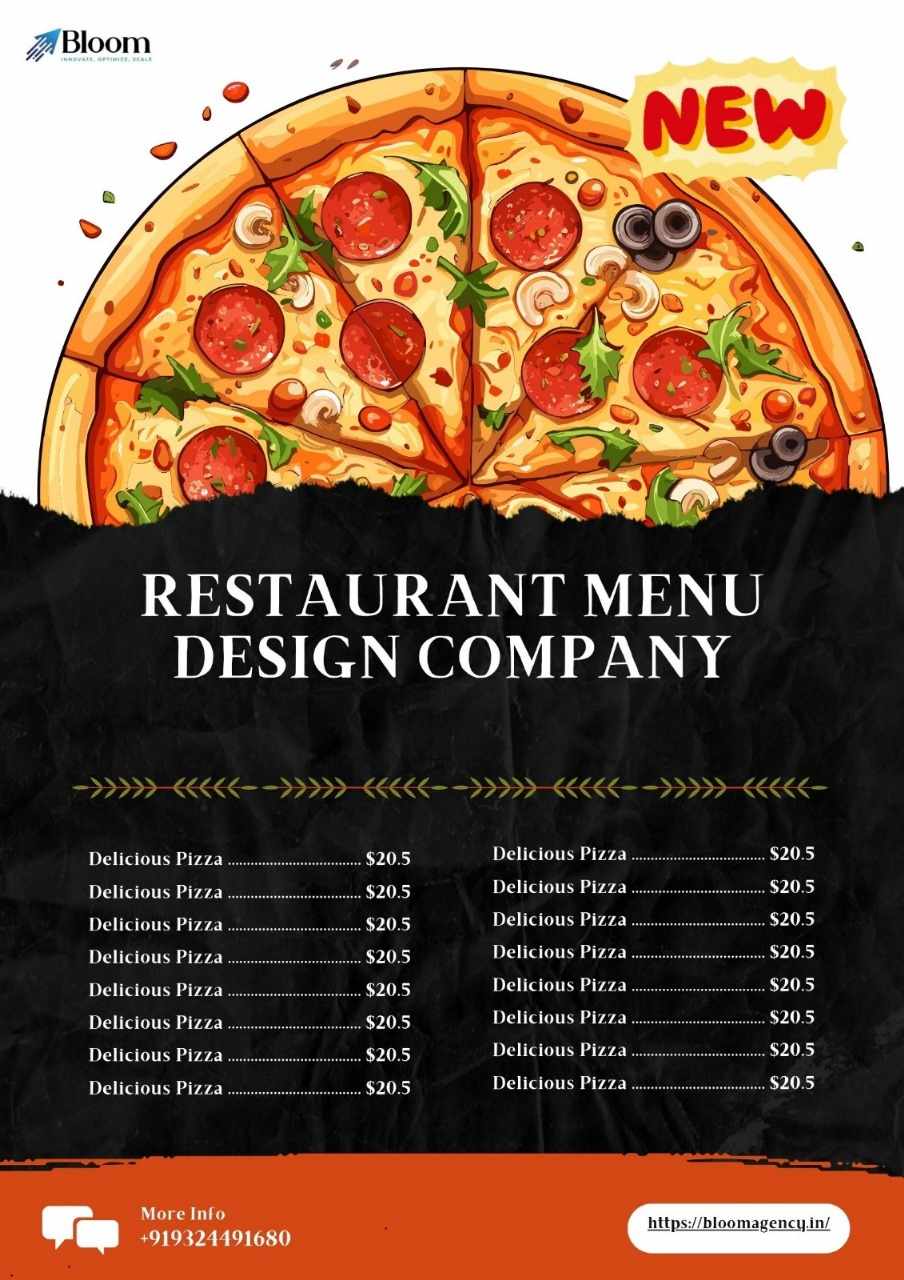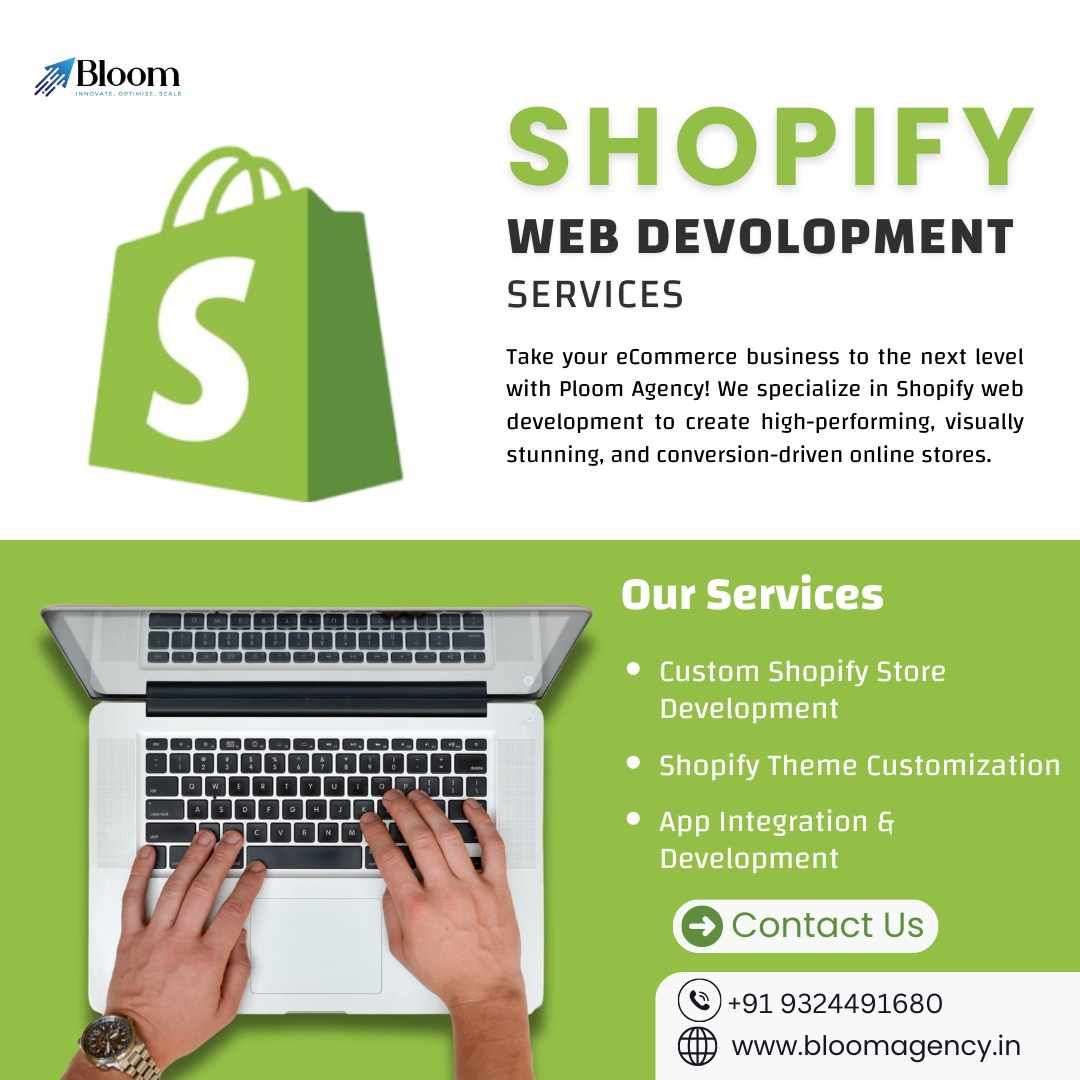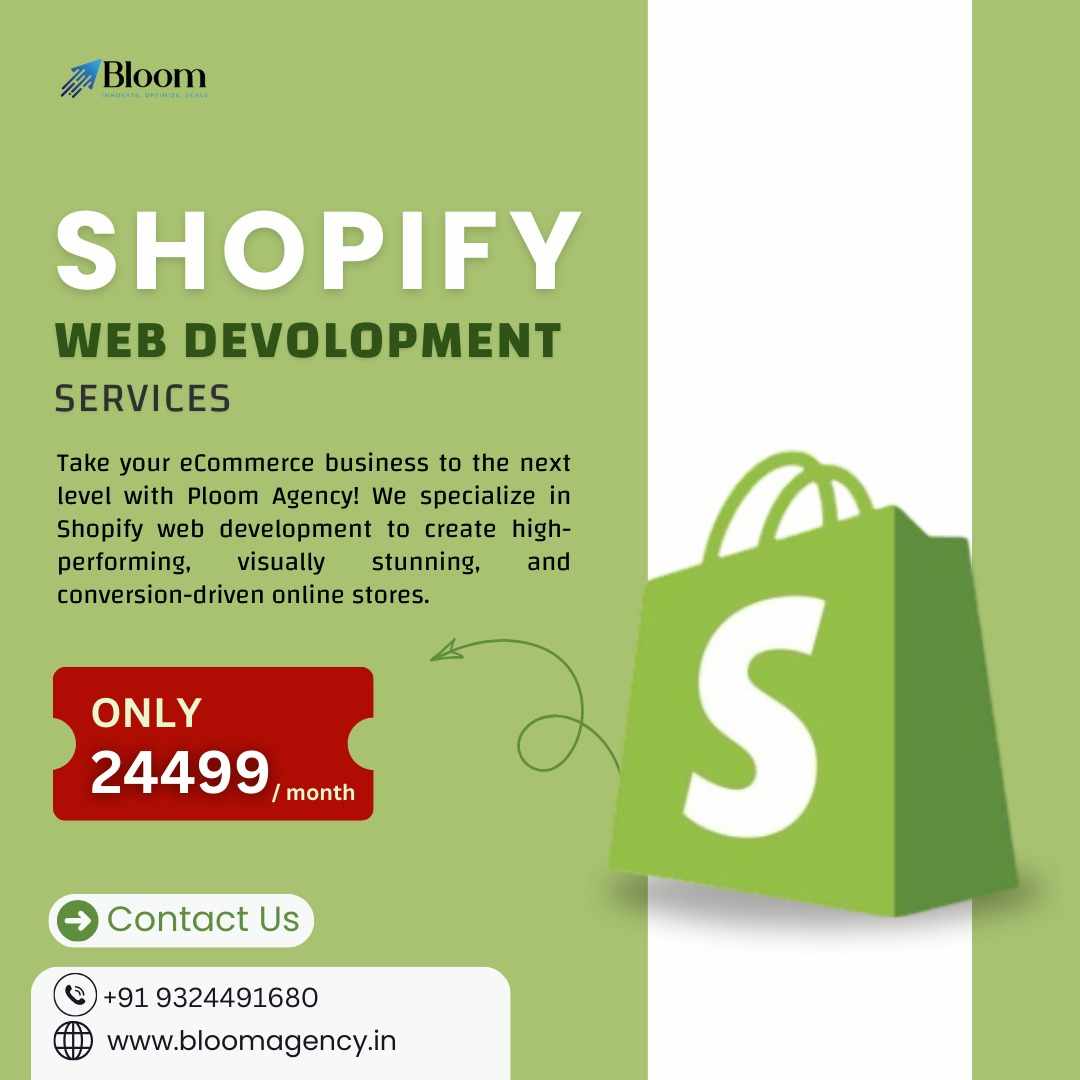
In the world of hospitality, a menu is far more than just a list of dishes—it's a silent salesman. The way a menu is structured, styled, and worded can have a profound effect on what a customer chooses to order. Smart menu card design doesn’t just showcase offerings; it subtly guides the customer’s decision-making process, often increasing profit margins and enhancing the dining experience. This is where the psychology of menu design comes into play.
In this blog, we explore how design choices—from layout to typography and color schemes—can influence customer behavior and shape buying decisions.
Why Menu Design Psychology Matters
Restaurants operate in a competitive landscape where every detail matters. The average customer spends less than two minutes reading a menu. That’s a very short time to make an impact. Effective menu card design uses psychological principles to:
Draw attention to high-margin items
Minimize decision fatigue
Influence perceived value
Encourage exploration of lesser-known dishes
1. Strategic Placement and the Golden Triangle
One of the most effective psychological tricks in menu design is the golden triangle concept. Studies show that when people open a menu, their eyes typically scan in a particular pattern:
Top center
Top right
Top left
This area, known as the golden triangle, is where the most profitable or signature items should be placed. Effective menu card design ensures that this visual flow guides customers toward high-margin or featured dishes.
2. The Power of Visual Anchors
Highlighting certain dishes through boxes, bold fonts, or subtle backgrounds makes them stand out. These visual anchors are effective in drawing attention to key items without overwhelming the overall design.
Good menu card design balances aesthetics with purpose. For instance, placing a house special in a bordered box draws the eye and subtly communicates importance without explicitly saying it.
3. Descriptive Language Sells
Menus that use sensory and emotional words tend to perform better. Compare these two item descriptions:
“Grilled Chicken with Vegetables”
“Tender Herb-Grilled Chicken with Roasted Farm-Fresh Vegetables”
The second evokes imagery, flavor, and quality. This technique is known as semantic salience and is a core part of persuasive menu card design. Including evocative words boosts sales and makes dishes seem more premium.
4. Price Positioning and the Psychology of Numbers
Prices can influence choices more than the dish itself. Some proven tactics include:
Omitting currency symbols: Writing “18” instead of “₹18” reduces the association with money.
Avoiding price alignment: When prices are aligned vertically, customers tend to scan down and choose the cheapest. Scattering prices within descriptions encourages decision-making based on appeal rather than cost.
Strategic pricing: Pricing items just below whole numbers (e.g., ₹199 instead of ₹200) makes them appear cheaper—a tactic known as charm pricing.
In expert menu card design, pricing is never just a number; it’s part of the user experience.
5. Using Colors to Influence Mood
Color psychology plays a subtle yet powerful role in menu design. Different colors trigger different responses:
Red: Stimulates appetite and urgency.
Yellow: Captures attention and creates a feeling of happiness.
Green: Associated with health, freshness, and sustainability.
Blue: Suppresses appetite; rarely used unless to imply freshness (like seafood).
A well-thought-out menu card design integrates color psychology to match the brand’s identity and influence customer perception.
6. Menu Length and Choice Overload
Too many options can overwhelm diners, leading to indecision or dissatisfaction—an effect known as choice overload. Ideally, each category (starters, mains, desserts) should contain 6–8 items. This balance gives customers enough variety without overwhelming them.
Effective menu card design streamlines choices to guide decision-making, ensuring a more satisfying dining experience and a quicker turnover rate.
7. Decoy Items and Price Anchoring
Another clever strategy is the use of decoy items. These are high-priced items placed intentionally to make other dishes seem like better deals. For example:
₹899 – Premium Lobster Thermidor
₹599 – Grilled Salmon
₹399 – Chicken Alfredo Pasta
The ₹599 item seems more reasonable when compared to ₹899, nudging the customer to choose it.
An experienced menu card design specialist knows how to use anchoring to balance perceived value and profit optimization.
8. Sectioning and Category Clarity
Clear categorization and logical grouping help reduce cognitive load. Sections like “Chef’s Specials,” “From the Grill,” or “Vegetarian Delights” improve readability and decision-making.
Additionally, using icons (e.g., spicy, gluten-free, vegan) enhances accessibility and improves customer experience—especially in modern menu card design formats, including digital menus.
9. Typography and Readability
Font size, type, and spacing influence legibility. Cursive or overly decorative fonts may look elegant but reduce readability. The best menu designs use clean, readable fonts with a consistent hierarchy (e.g., item names in bold, descriptions in lighter font).
A successful menu card design ensures accessibility for all age groups, including older customers or those with visual impairments.
10. Brand Alignment and Emotional Connection
Your menu should reflect your restaurant's identity. A luxury fine-dining restaurant will have a very different design compared to a quirky café or a modern online food ordering platform.
Creating a cohesive look and feel across branding and menu card design fosters trust and connection, making the dining experience more memorable and share-worthy.
Final Thoughts
Menu design is as much a science as it is an art. Leveraging psychological principles within your menu card design can influence customer behavior, drive sales of high-margin items, and improve the overall dining experience.
Whether you're launching a new restaurant or revamping your current setup, investing in professionally-crafted, psychology-driven menu design can pay long-term dividends. A well-structured, strategically written, and visually compelling menu can turn casual diners into loyal customers.
Optimize your restaurant’s success through intelligent menu card design—where every detail guides your guests toward satisfaction and profitability.




















Write a comment ...